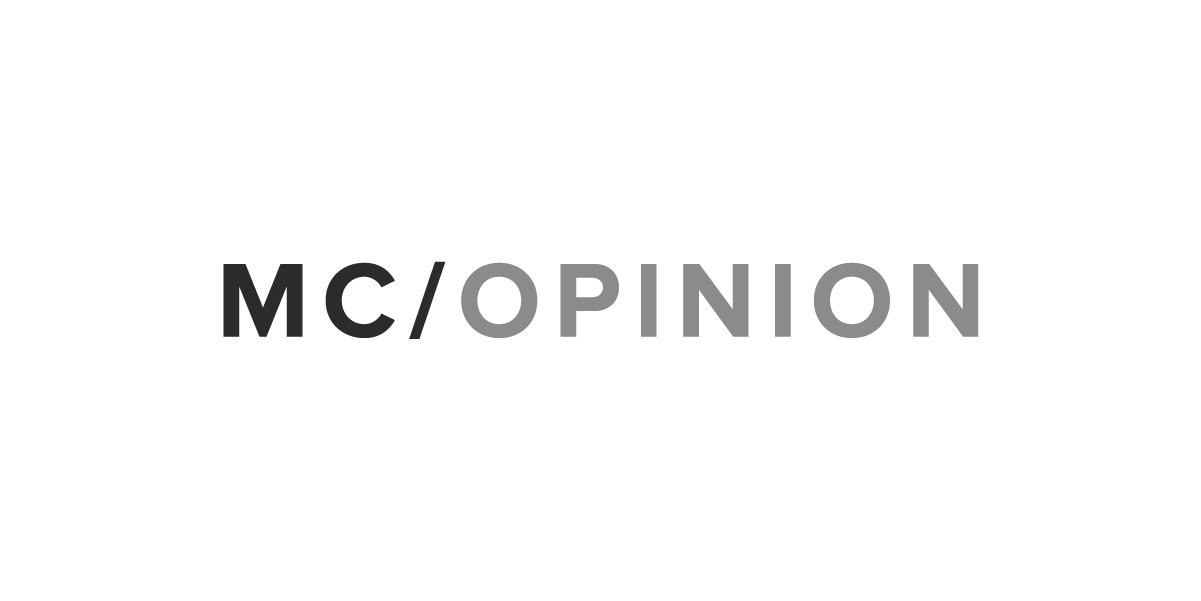The FDA just approved the first “immunotherapy” for cancer patients. Several more of these treatments, which re-engineer patients’ immune systems to kill off cancer cells, likely will hit the market in the coming years.
The drugs’ results in clinical trials have been miraculous. Patients who were on their deathbeds often saw tumors vanish in weeks.
But these individually tailored, complex treatments will be expensive. Many policymakers and ordinary citizens think such prices are unjustifiable — and have called for price controls or even a single-payer healthcare system.
This thinking is misguided. Breakthrough treatments require billions of dollars and years of research to bring to market. Companies can’t develop lifesaving therapies if price controls prevent them from recouping research costs, rewarding investors, and funding future research.
Cancer kills more than 600,000 Americans each year. Less than one in 10 leukemia patients lives longer than five years if their cancer remains or comes back after treatment.
These new cancer treatments can change that. The vast majority of patients treated with immunotherapies in clinical trials saw their cancers go into remission.
Despite these benefits, many believe that innovative treatments and medicines aren’t worth their price tags. Policymakers in Washington and Massachusetts have called for price controls on drugs.
There’s also growing support for single-payer health care. In single-payer systems, governments dictate the price of medicines, surgeries, and other medical treatments. To limit spending, governments typically set reimbursements far below the market price. In Massachusetts, more than 100 organizations ranging from unions to nurses associations want to pursue single payer.
These advocates argue that only government controls can prevent drug prices from continually rising. They’re mistaken.
High prices aren’t permanent. Competition between drug companies drives down prices. Consider what happened with a 2013 breakthrough antiviral therapy that cures 90 percent of hepatitis C patients. Originally, the drug cost $1,000 per pill — or $84,000 for a 12-week course of treatment — before discounts. When competitors entered the market in subsequent years, the price dropped by half.
That’s the norm, not the exception. Nine in 10 breakthrough medicines unveiled between 2005 and 2011 had a competitor in the second stage of the clinical trial process. On average, companies roll out competitors within two years of the FDA approving a “first-in-class therapy,” which treats disease in a therapeutically novel way.
Single-payer style price controls would deter research investments that lead to lifesaving, competition-inducing drugs. In Canada, which strictly controls the price of medicines, companies spend less than $1 billion on research and development. In the United States, companies spend about $60 billion on R&D annually.
Developing drugs is a risky business. Bringing a drug to market takes more than a decade and costs more than $2.6 billion. The odds of success are slim. Only one in 10 drugs that enter clinical trials ever receives FDA approval.
Pharmaceutical companies need to charge market prices on their relative handful of winners to compensate investors for successful and unsuccessful R&D endeavors and fund future research.
This cycle of R&D investment produces new medicines that save millions of lives. Since 2000, more than 500 new medicines have been approved by the FDA.
These medicines save lives. Over the past decade, the death rate from heart disease has plummeted 38 percent. Since the early 1990s, cancer deaths have decreased 23 percent.
In the past couple years, companies have developed a type of insulin that lasts for up to 42 hours; two drugs that reduce cholesterol levels by up to 60 percent; and a medicine that limits severe asthma attacks for those who didn’t respond to previous treatments.
Today, there are nearly 900 medicines in development for cancer — and hundreds more for other diseases. The ability to charge a fair price for these medicines in part helps to drive investments into creating them.
Innovations like these improve tens of millions of Americans’ lives and drive down health care costs. But they’ll never be developed if policymakers impose research-stifling price controls.
Sandip Shah is the founder and president of Market Access Solutions, a global market access consultancy, where he develops strategies to optimize patient access to life-changing therapies. Helen Shao is an analyst in the same company.
Morning Consult welcomes op-ed submissions on policy, politics and business strategy in our coverage areas. Updated submission guidelines can be found here.
